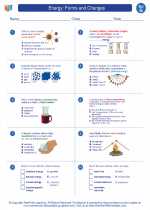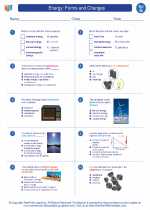Peripheral Nervous System
The peripheral nervous system (PNS) is the part of the nervous system that consists of the nerves and ganglia outside of the brain and spinal cord. It serves to connect the central nervous system (CNS) to the limbs and organs, essentially serving as a communication and control system for the body.
Anatomy of the Peripheral Nervous System
The PNS is divided into two main parts: the somatic nervous system and the autonomic nervous system.
Somatic Nervous System
The somatic nervous system is responsible for voluntary muscle movements and processing sensory information. It consists of sensory neurons and motor neurons. Sensory neurons carry information from the body's sensory receptors to the CNS, while motor neurons carry signals from the CNS to the muscles to produce movement.
Autonomic Nervous System
The autonomic nervous system controls involuntary bodily functions such as heart rate, digestion, and respiratory rate. It is further divided into the sympathetic and parasympathetic nervous systems. The sympathetic nervous system is responsible for the body's "fight or flight" response, while the parasympathetic nervous system is responsible for the body's "rest and digest" response.
Functions of the Peripheral Nervous System
The PNS has several important functions, including:
- Transmitting sensory information from the body to the CNS
- Transmitting motor commands from the CNS to the muscles and glands
- Regulating involuntary bodily functions through the autonomic nervous system
Study Guide
To study the peripheral nervous system, it's important to understand the following key points:
- The divisions of the peripheral nervous system: somatic and autonomic
- The functions of the somatic nervous system and the autonomic nervous system
- The structure and function of sensory and motor neurons
- The role of the sympathetic and parasympathetic nervous systems in regulating bodily functions
Additionally, it's helpful to learn about common disorders or conditions that affect the peripheral nervous system, such as peripheral neuropathy or Guillain-Barre syndrome.
Understanding the peripheral nervous system is crucial for comprehending how the body communicates and responds to internal and external stimuli. Mastery of this topic is important for a comprehensive understanding of human physiology and neurological function.
[Peripheral Nervous System] Related Worksheets and Study Guides:
.◂Science Worksheets and Study Guides Seventh Grade. Energy: Forms and Changes

 Worksheet/Answer key
Worksheet/Answer key
 Worksheet/Answer key
Worksheet/Answer key
 Vocabulary/Answer key
Vocabulary/Answer key
 Vocabulary/Answer key
Vocabulary/Answer key
 Vocabulary/Answer key
Vocabulary/Answer key
